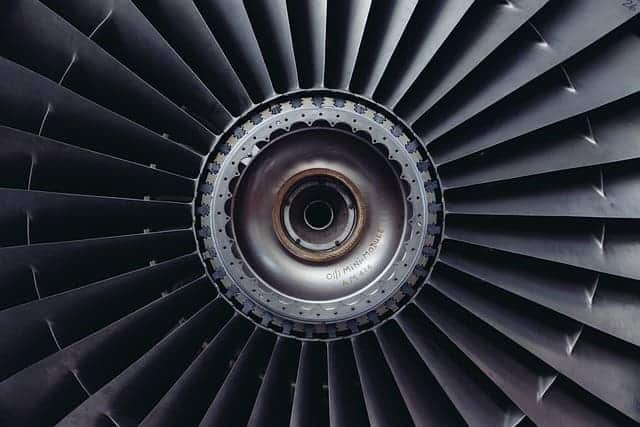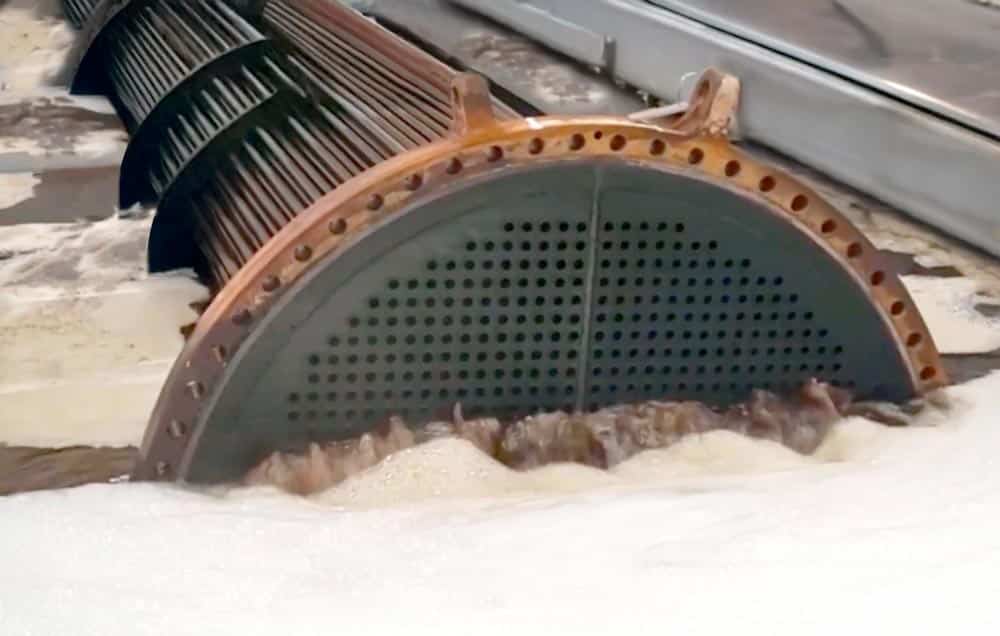In modern industry, composite materials and advanced alloys have revolutionized component manufacturing in sectors such as aerospace, automotive, energy, and medicine. However, their effective cleaning represents a challenge due to their heterogeneous composition and the need to remove contaminants without compromising their integrity. In this context, ultrasonic cleaning technology has become a key solution for ensuring impeccable finishes and efficient maintenance.
Challenges of cleaning parts made of composite materials and advanced alloys
Composite materials, such as carbon or glass fibers with polymer resins, and advanced alloys, such as titanium or nickel-based superalloys, have unique characteristics that require a precise, non-aggressive cleaning process. Some of the challenges include:
- Fragilidad estructural: Los materiales compuestos pueden ser sensibles a métodos de limpieza abrasivos o químicos agresivos.
- Complex geometries: Many parts made from these materials have cavities, internal channels, or textured surfaces that make access difficult using conventional methods.
- Specific waste: Contaminants such as cutting oils, adhesives, wear particles and oxides must be removed without altering the material properties.
Advantages of ultrasonic cleaning in cleaning parts with composite materials
Ultrasonic technology uses high-frequency waves to generate microbubbles in a cleaning fluid. These bubbles implode, creating a cavitation effect that loosens dirt even in the most inaccessible areas. Its main advantages include:
- Even and deep cleaning: The cavitation action penetrates cavities and hidden areas without the need for complex disassembly.
- Non-aggressive: Unlike intensive mechanical or chemical methods, ultrasonic cleaning does not damage or alter the properties of the material.
- Reduction in chemical use: The process can be carried out with biodegradable detergents and specific aqueous solutions, reducing the environmental impact and the risk of hazardous waste.
- Energy efficiency and time savings: Process automation and the speed of ultrasonic cleaning allow for optimized production times and reduced resource consumption.
How our ultrasonic cleaning machines can save you time and reduce costs when cleaning composite and advanced alloy parts.
At BRIO Ultrasonics, our ultrasonic cleaning machines are designed to maximize efficiency when cleaning composite materials and advanced alloys. Thanks to their innovative technology, they can help you drastically reduce cleaning times compared to traditional methods, removing contaminants quickly and uniformly without the need for complex disassembly. Furthermore, their low energy consumption and reduced chemical use minimize operating costs and environmental impact.
Our equipment is configured for easy integration into industrial processes, improving productivity and ensuring more efficient maintenance. The automation and precision of ultrasonic cleaning prevent premature wear of parts, extending their lifespan and reducing the need for costly replacements.






